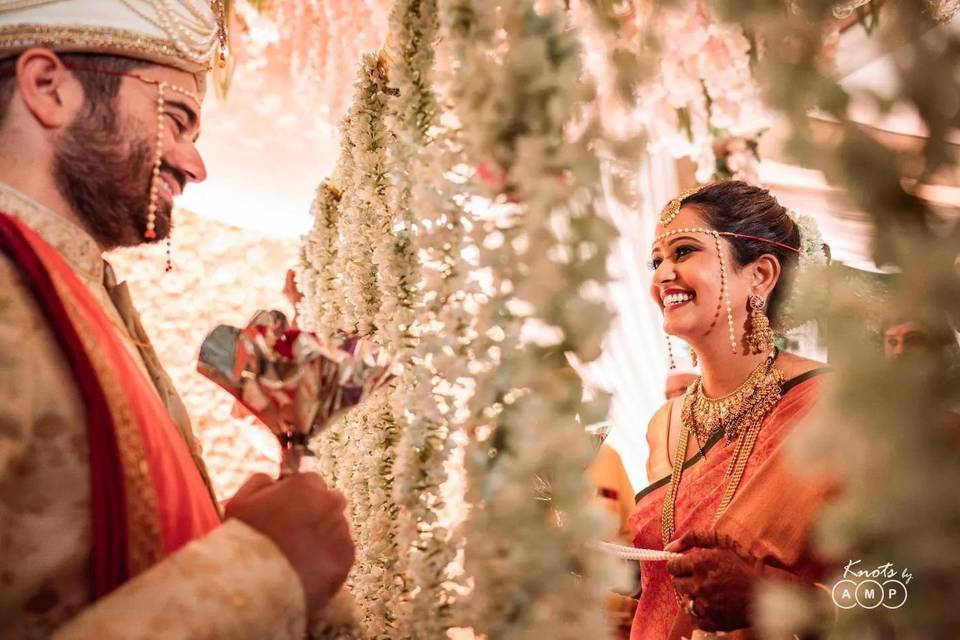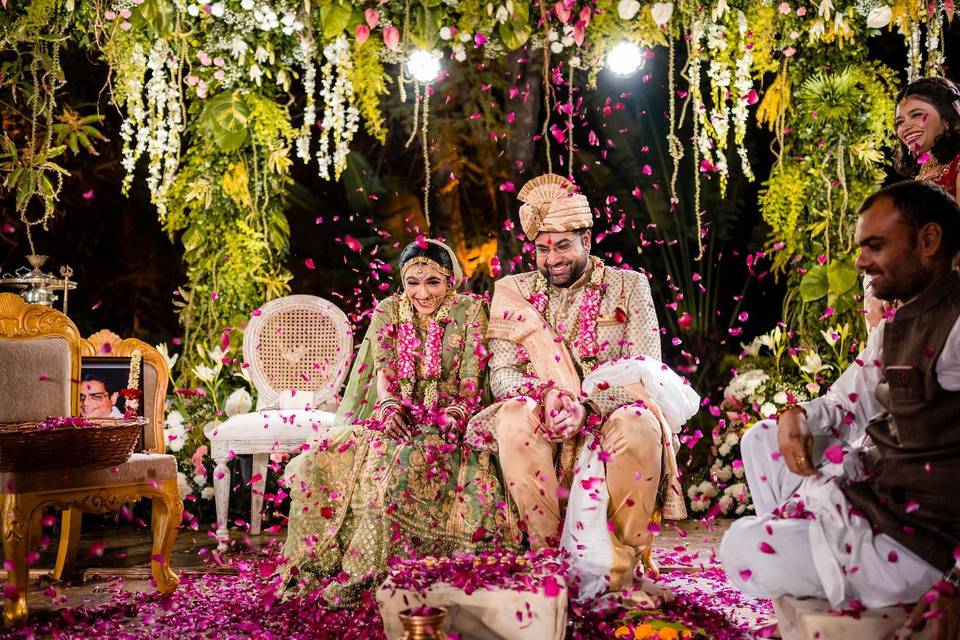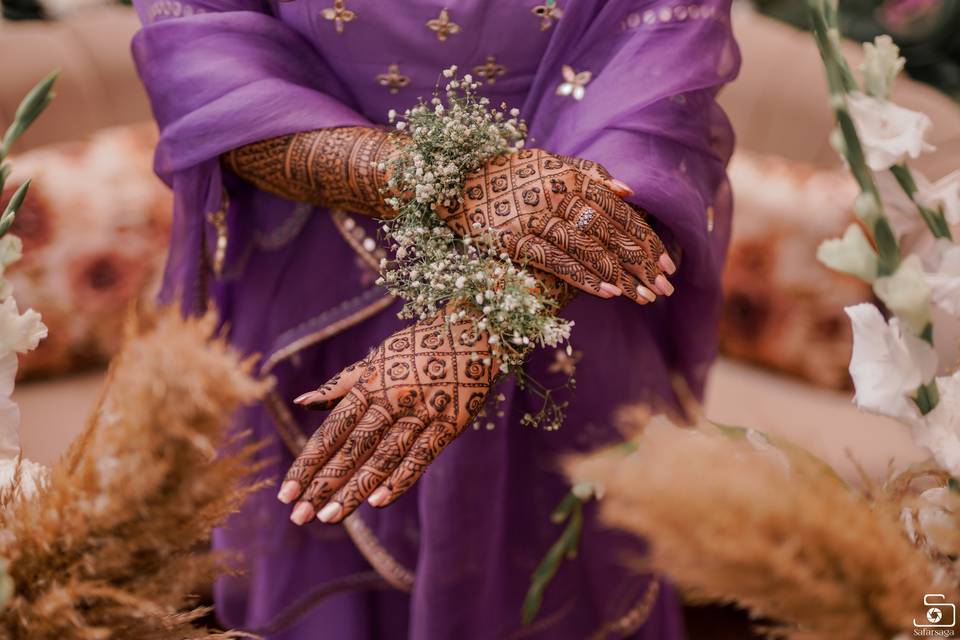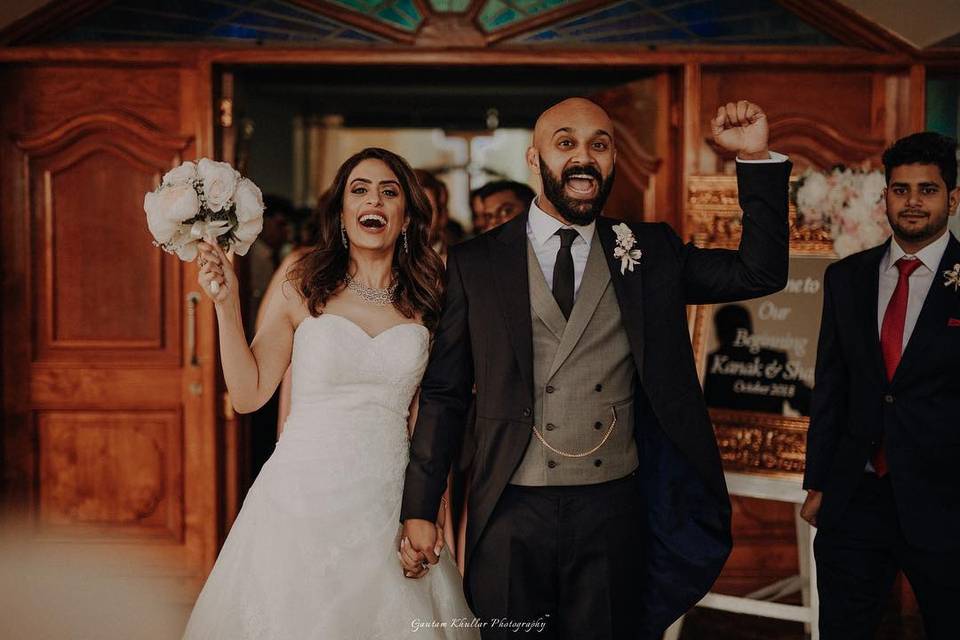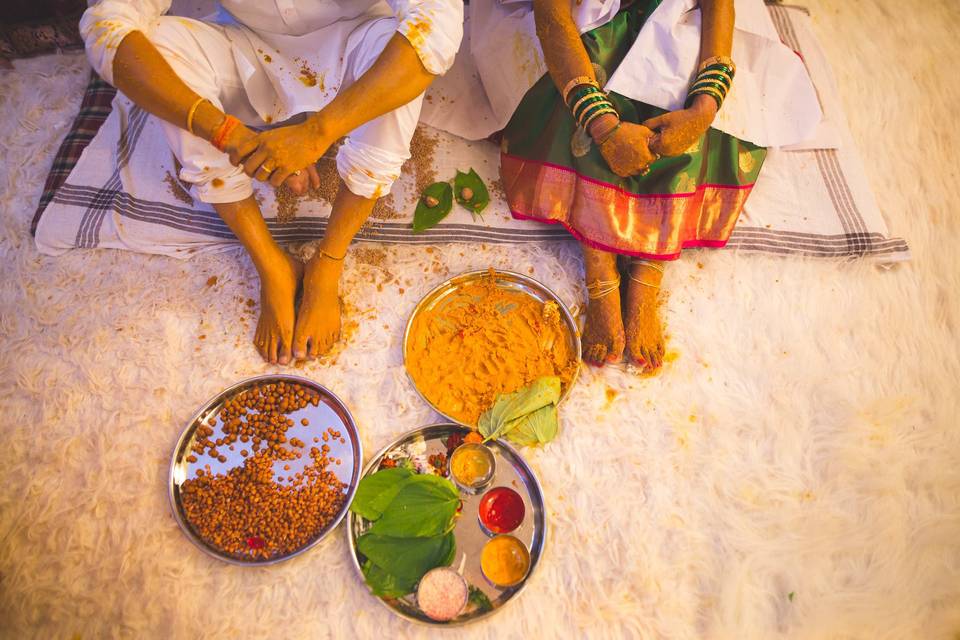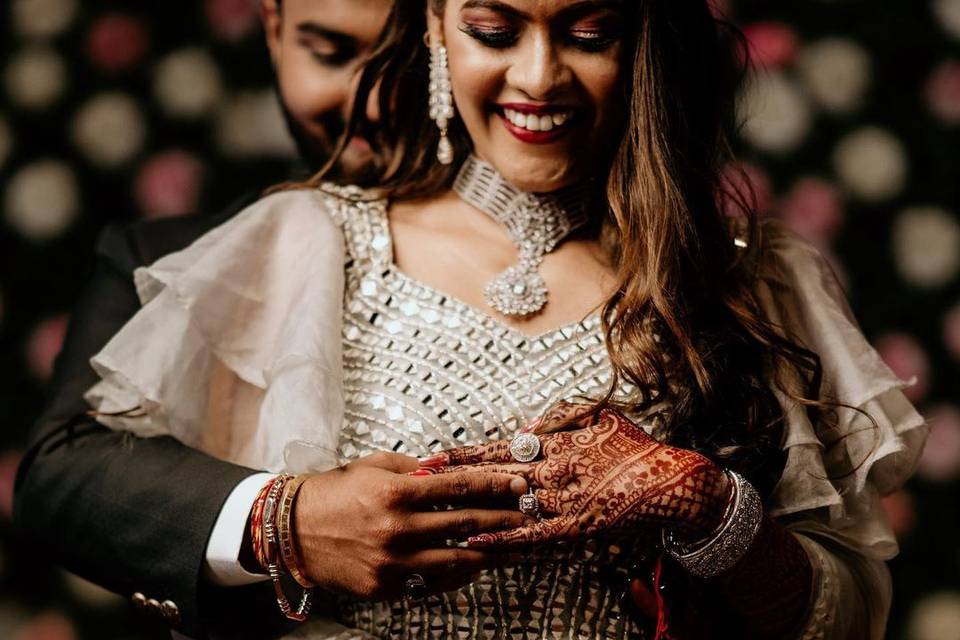Learn How Gaye Holud Blends Many Colours Just Before the Wedding
Even though Gaye Holud the name gives importance to the colour “yellow”, the function has many colours attached to it―starting from the colour of fun and festivities to the belief of having a pious life ahead.
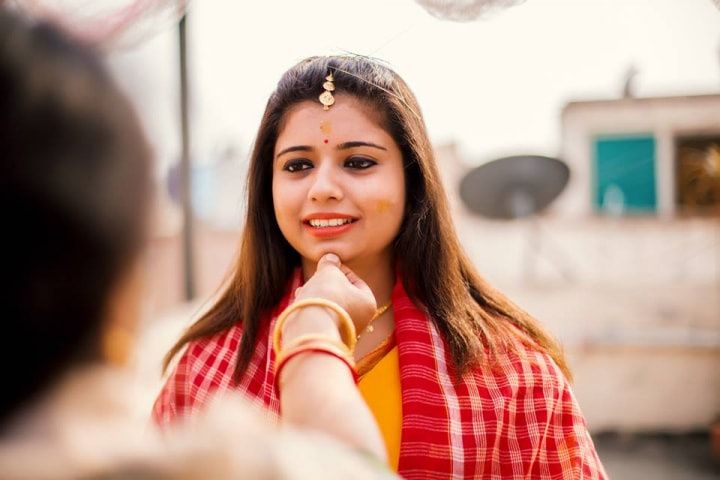
The Gaye holud ceremony is a significant and traditional ceremony at Bengali weddings. It is somewhat similar to a bridal shower. The Gaye holud ceremony is considered to be one of the most enjoyable functions of the wedding festivities. It is a beautifying and blessing ceremony in the Bengali wedding tradition. Gaye holud is a joyous event that includes food, laughter, music and dance. The ceremony used to be a small one but in recent times, it has become a larger part of the whole wedding ceremony.
Gaye holud occurs on the morning of the actual wedding day. At this point in time, the bride and the groom are not supposed to meet each other till the wedding. The turmeric applied on the couple’s body is supposed to be a part of the beautification process before the wedding. Turmeric or holud has many medicinal purposes. It is an antiseptic and contains certain healing properties. It helps in the purification of the skin and adds a glow to it. Turmeric also helps in the reduction of dark spots, blemishes and the pigmentation of the skin. It also reduces body hair growth. Holud makes the skin soft and supple, giving it a fair and glowing appearance.
During the Gaye holud ceremony, the turmeric is made into a paste with some milk and water and then applied on the bride and the groom.
1. The Myth behind Gaye holud
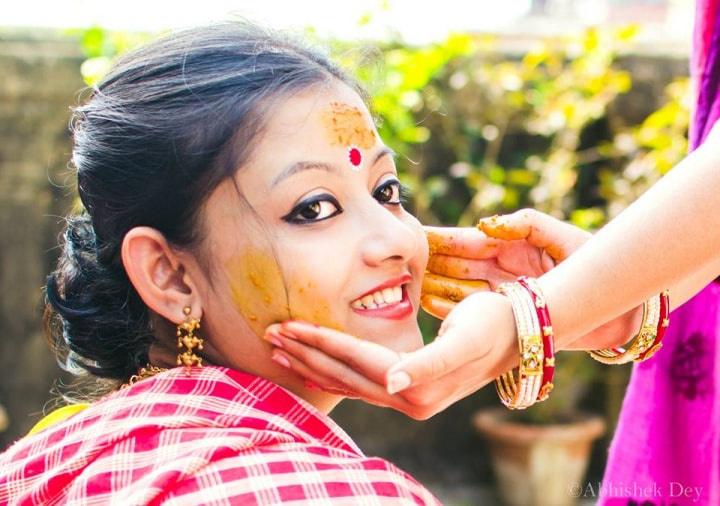
The myth behind Gaye holud holds the story of its origin. It originates from the story of Lord Shiva and Sati, his bride. It is said that turmeric was applied to the couple in order to make them look even more beautiful. In the later ages, this pious ceremony had been incorporated in the Hindu religious tradition of marriage across the Indian subcontinent (and subsequently into the Bengali tradition).
2. The Ritual

A very special part of the Gaye holud ritual is the ritual of tatta, which the groom’s family sends to the bride’s on this day. It is basically the culture of exchanging gifts during a Bengali wedding. A tatta generally consists of a tatta suchi, which is an index of the items listed in a Bengali tatta. The contents include delicacies such as Bengali sweets, fruits, along with mishit doi or yoghurt, dry fruits, fish―dressed as a bride, and various kinds of gifts such as clothes, accessories and cosmetics for the couple and their close friends and relatives. Interestingly, the clothes are sometimes, made into various shapes and sizes like a swan, a boat or a flower.
The Gaye holud ceremony starts at the groom’s house, where turmeric paste mixed with milk, water and mustard oil is applied on the groom’s body by his mother and then other female relatives and friends. After the application, he is then bathed with water being poured on him. The remaining paste, along with the mustard oil, is then sent to the bride’s house along with the tatta, which also includes the outfit that the bride is going to wear during her Gaye holud ceremony. The ceremony is then performed at the bride’s house in a similar fashion. During the Gaye holud ceremony, the bride dresses in a yellow saree, with her arms and legs exposed, and the paste is applied to her while she sits on a Piri. After the ritual is completed, the bride then gets ready for her wedding in the evening.
3. The Beliefs Related
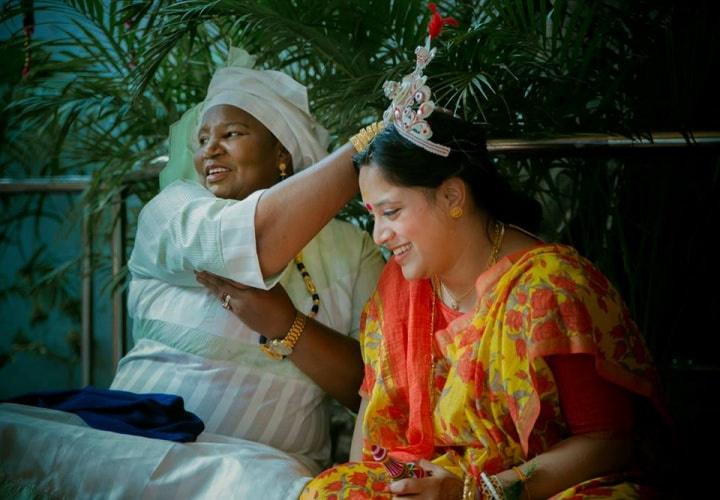
Apart from its medicinal properties, the yellow colour of turmeric is considered to be very auspicious to an Indian wedding. Yellow is related to the prosperous start of the couple’s married life. The Gaye holud ceremony also reflects the tradition of the purification and cleansing of the body before the wedding. While not scientifically stated, holud is also considered to be an agent to ward off any evil spirit and ill effects in the bride and the groom’s life. This is believed to let the couple have a pious start to their married life. This is why the bride and the groom are not allowed to leave the house after the Gaye holud ceremony is over. This rule applies until the wedding is over.
4. The Songs Played During the Ceremony

Bengal is known for its folk songs. The Gaye holud event is more of a casual occurrence than an extravagant one. During the ceremony, the family and friends of the couple perform various folk songs, such as Lila Bali and of course Rabindrasangeet and dances in order to entertain the guests along with the bride and the groom.
As much as Gaye holud is an important part of the Bengali wedding ceremonies, similar functions exist in other parts of the Indian subcontinent too. It is not a particularly religious function as it is performed by the people of other faith and religion―such as the Hindus, Muslims and Christians of both Bangladesh and India.
So, do you find this Gaye Holud ceremony simple and unique?



